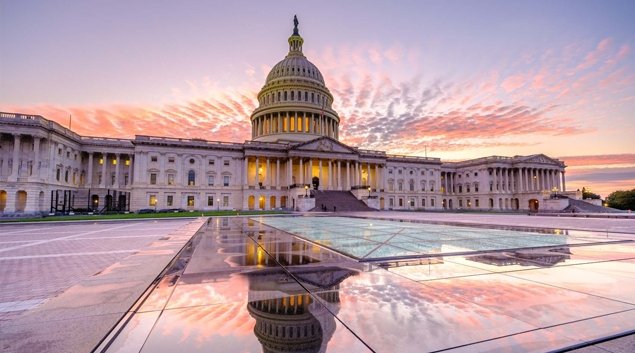The Centers for Medicare and Medicaid Services (CMS) has announced its intention to make cuts to the Medicaid program in an effort to address “mounting expenditures.” These cuts will impact various state health programs that have been receiving federal matching funds through creative interpretations of section 1115 demonstration authority.
CMS recently sent a letter to states informing them that it will not approve new requests or extend existing requests for federal matching funds for designated state health programs (DSHP) and designated state investment programs (DSIP). These programs, according to CMS, have been using federal Medicaid funding in ways that were not originally intended.
The decision to make these cuts comes on the heels of a Senate budget blueprint that includes reductions to Medicaid. The House of Representatives narrowly voted to move forward with the budget, but Senate Republicans are divided on the proposed cuts. The budget reconciliation process may result in cuts of at least $880 million, with a primary focus on Medicaid spending.
CMS has raised concerns about the oversight of DSHP funding, noting that these programs have grown significantly in cost without a sustainable state contribution. The agency pointed out several examples of programs that do not directly benefit Medicaid beneficiaries, including grants for a labor union in New York, nonmedical in-home services in California, and high-speed internet for rural healthcare providers in North Carolina.
In response to these proposed cuts, the American Hospital Association has warned against reductions in healthcare programs, emphasizing the vital role that Medicaid plays in providing healthcare to vulnerable populations. AHA President and CEO Rick Pollack urged Congress to consider the impact of these cuts on beneficiaries and population health.
As the debate over Medicaid cuts continues, it is important for lawmakers to carefully consider the implications for vulnerable populations and the overall healthcare system. Medicaid plays a crucial role in providing essential healthcare services to millions of Americans, and any cuts to the program could have far-reaching consequences.


